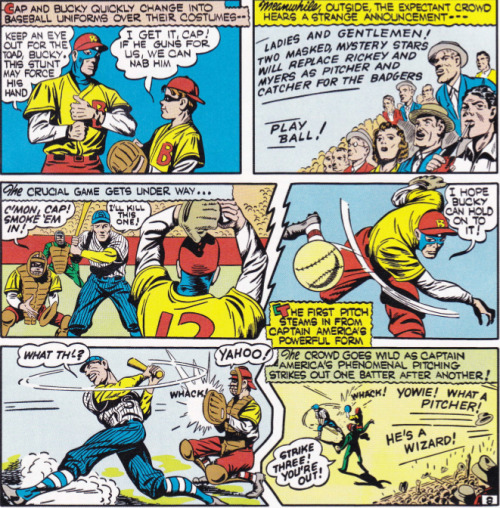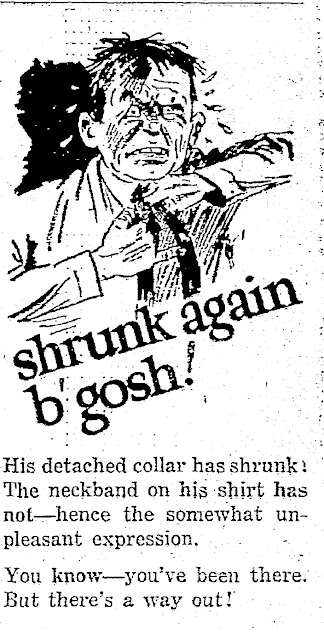Game 27 of the 1924 Season moved the Indians to a record of 11 and 16, a winning percentage of .497. This put them up 1 to 0 for the series with Portland. George Stueland's time in Seattle was the meat in a Cub sandwich. He started with the team managed by Red Killefer's brother Bill in 1921. He went back there for a handful of games in 1925. George was born on March 2, 1899 in Iowa. He died in Onawa, Iowa in 1964. After baseball, he managed a state park and later was a broom maker. Onawa is on the Nebraska border halfway between Sioux City and Omaha. Like many parts of the Pacific Northwest it has a park dedicated to Lewis and Clark. Stueland had pitched in Sioux City in 1920, making his way to Chicago the next September.
EX-CUBHURLER HOLDS BEAVERS AND HITS
HARD
Portland Beaten, 3 to 2, in Extra
Inning When New Twirler Smacks Two-Bagger to Left
George Stueland, Seattle's blonde
twirler obtained from the Chicago Cubs in the Jacobs deal, found the
key to his own troubles yesterday, went to the mound against Portland
with only three days of rest, not only pitched the Beavers into
submission but also paved the way for his own victory with a slashing
double to left center in the tenth inning. Billy Lane scored him with
the run that gave the Indians a 3 to 2 victory.
Stueland, who isn't backward about
figuring things out for himself by any means, found that in the last
four or five innings of every game his control was what it should be.
Always it was in the early innings that he was prone to walk men who
faced him.
So, before he started yesterday's ball
game he commenced to warming up when the Seattle infield took its
practice. For twenty minutes before the game started he pitched to
Catcher Earl Baldwin. And when thegame started he was ready.
Only two men walked on the new
twirler. Cox walked the first man up in the second, paving the way
for the first Beaver tally.
McCann walked to start the ninth and
eventually scored. BUT MCCANN WAS STRUCK OUT FIRST. Umpire Biff
Schaller missed as perfect a third strike as was ever thrown.
Along with that all but perfect
control Stueland was effective all the way. Six hits were all he
allowed. He struck out six men. Distel three times in a row.
The battling Beavers looked puny,
indeed, before such great pitching.
* * * *
Bowman Comes Through
Along with Stueland's fine work Elmer
Bowman, the big first sacker, must be mentioned.
Bowman hammered a home run in to the
left-field bleachers for the first Indian run. It was the first ball
hit into the bleachers this season. It was a line drive that fairly
whistled its way into the seats.
In addition, Bowman crashed out two
hot singles to left field off the curve ball pitching of Buzz Eckert,
the star of the Portland staff.
He pulled two weird throws out of the
air, one from Stueland and Daly's swinging bunt in the fifth, the
other from Tobin on Poole's sacrifice in the seventh.
The big fellow is beginning to look
himself now after a poor start.
Red Switches Things
Manager Wade Killefer switched things
all around in his endeavor to break up the Indian losing streak.
Jimmy Welsh went to left field in
place of Ray Rohwer. Jimmy got two hits and scored the tying run in
the ninth inning.
Ted Baldwin, who is hitting around
.400, went into fifth place in the batting order, while Sam Crane was
dropped from third to seventh, Bowman from fifth to sixth. Welsh went
into Crane's niche.
* * * *
Indians Start Weakly
But even with those changes the
Indians started as though yesterday's game was going to be a
repetition of those other games of last week when nothing went right
for them.
Lane opened with a single and advanced
on two infield outs. Eldred walked and stole, but Ted Baldwin failed
in his first reponsibility in the second clean-up position.
The Beavers got a run in their half of
the second through a walk to Cox. Poole's force-out of the Beaver's
centerfielder. Wolfer's infield out and Daly's pop fly which fell
just out of reach of Brady and Eldred.
Bowman opened the Indian second with a
single but on the hit and run play Eckert's pitch was a fast one at
Crane's head and Bowman was thrown out stealing.
For three innings Eckert retired the
Tribe in order while Stueland was also buzzing along in nice shape,
Poole's double with two out in the fourth being the only scare until
Cox doubled in the seventh as lead-off man. Stueland put on more
steam here, Tobin took care of Poole's sacrifice and Wolfer and Daly
were retired on weak rollers to Brady.
Eldred failed in the pinch after a
boot and Welsh's single had put two men on for him in the sixth for
the Indians. Baldwin was out in the seventh when Bowman connected for
the circuit clout which tied the score.
Poor Umpiring Costly
The Tribe would have won the game in
the ninth but for that slip of Biff Schaller when he missed a perfect
strike on McCann for the third strike. Stueland walked him on the
next pitch.
Stueland again bore down, took care of
Miller on a fly to Welsh and fanned Cox. He had fooled Poole with two
slow curves and on the third pitch elected to try a slow ball. McCann
caught him, however, and stole second standing up. Poole singled to
right on the next pitch, a line drive on whiche Eldred might have
thrown McCann out had he fielded the ball cleanly.
Welsh dropped a double into left
field, advanced on Eldred's infield out and scored when Ted Baldwin
came through with a single to center. Bowman followed with another
long single to left.
The Beavers pulled a smart play to
extricate themselves from that difficulty. Eckert bluffed a play at
second on Baldwin, whireled and threw to Poole who had nonchalantly
slipped behind Bowman. The big first sacker was caught napping.
* * * *
Stueland and Lane Hit.
Stueland and Lane won the game in
short order in the tenth. The pitcher came through with a line double
to left center and romped home on Lane's single to the same spot.
Perhaps that finish means the jinx is
chased and that the Indians will get going in their real stride
again.
The Beavers are here without Tex
Gressett and Charlie High, two of their left-handed hitting
outfielders. Both men have tonsilitis.
Cox and Miller, who are performing in
their places, however, are sturdy hitters and good fielders and it
can hardly be said that the Beavers are very much weakened.
In Rabbit Benton and Distel they
showed Seattle fans two good looking infielders.......






























.jpg)











